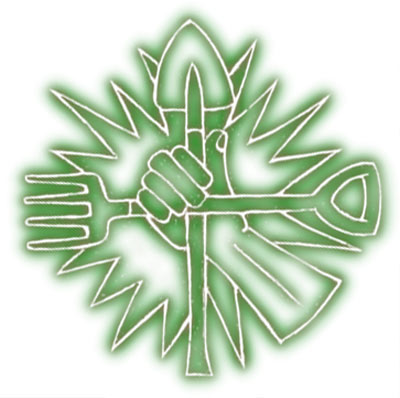Spring Seeding Guide - Timing
Planting calendars are common. They and the one I use will provide beginning to intermediate gardeners with a basic, if formulaic action plan for seeding. Observe and compare: there is great variation in recommended timings across different calendars.
Recently, a local farmer, after many years of paying no attention to planetary cycles, began timing her seeding according to the phases of the moon. She was astounded by the results. Across the board, she noticed plants germinating more easily and strongly, and a tendency for the robustness to continue into seedling growth. Because living organisms contain so much water, they respond to the moon in a similar way to the tides. In general, the waxing moon helps to draw water into the plants. The most favoriable time to seed is in the second quarter and, in particular, the days immediately preceding the full moon. If you choose, you can refine the approach. The Oregon Biodynamics Group website provides insights into the wherefores of tailoring seeding (and other horticultural activities) to planetary cycles.
As the perspective broadens, the plot thickens. Consider pak choi/bok choi, for example. We can start it in January with supplemental heating and lighting, in a greenhouse in February, in the ground in March, and then continue seeding through the summer for a winter crop. But we might want to stop seeding May through June because experience teaches us that pak choi has a tendency to bolt in the long days and heat of the hottest months of the year – though we do know of one variety that will hold better than others. In other words, there is no one right time to sow pak choi.
A unique profile, peculiar to each individual variety, holds true for every crop. And the, of course, there are other factors to consider – this year’s weather, seed availability, moon phases, your garden microclimate, the state of your back, your unique angle to the garden – to name a handful.
Seeds germinate at temperatures higher than plants need to grow. Most seeds do not need light to germinate. You can stack trays in a warm spot and move them out once seedlings are up.
When seeding, make
notes and, importantly, add follow-up notes describing germination/seedling
growth, when the transplants were planted out, and other details which
strike you as pertinent. Effective note-taking will have a very significant
impact on your timing practices in the following seasons.
February 8,2008
By Nick Routledge for the Observer Allotment Blog
